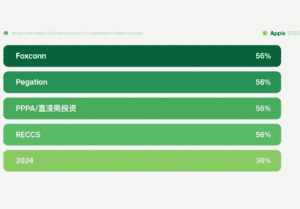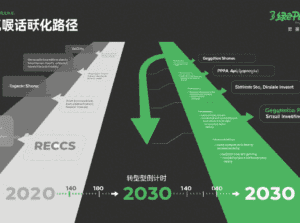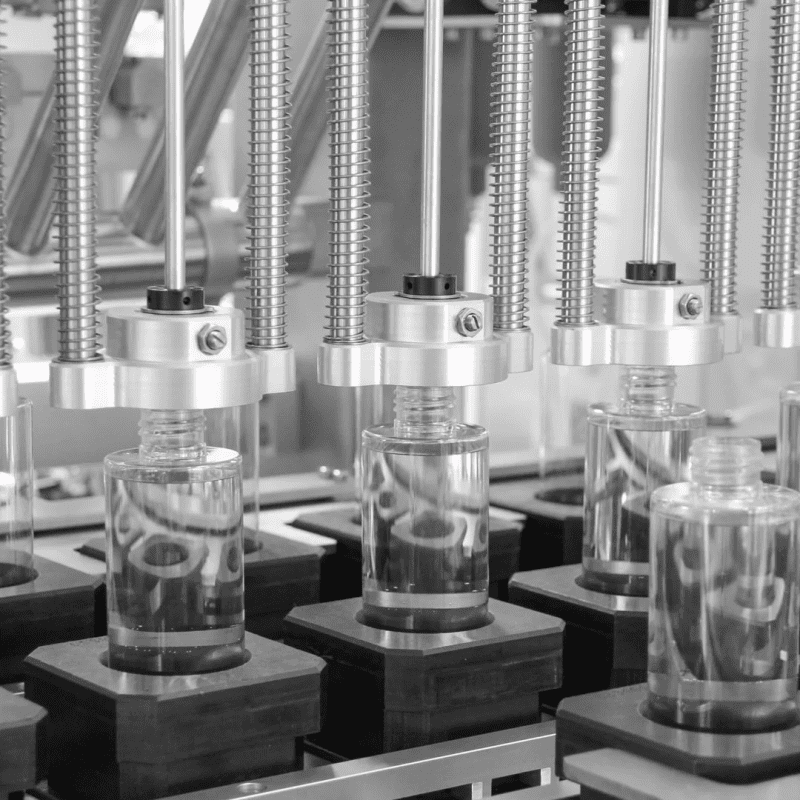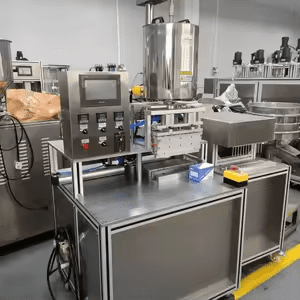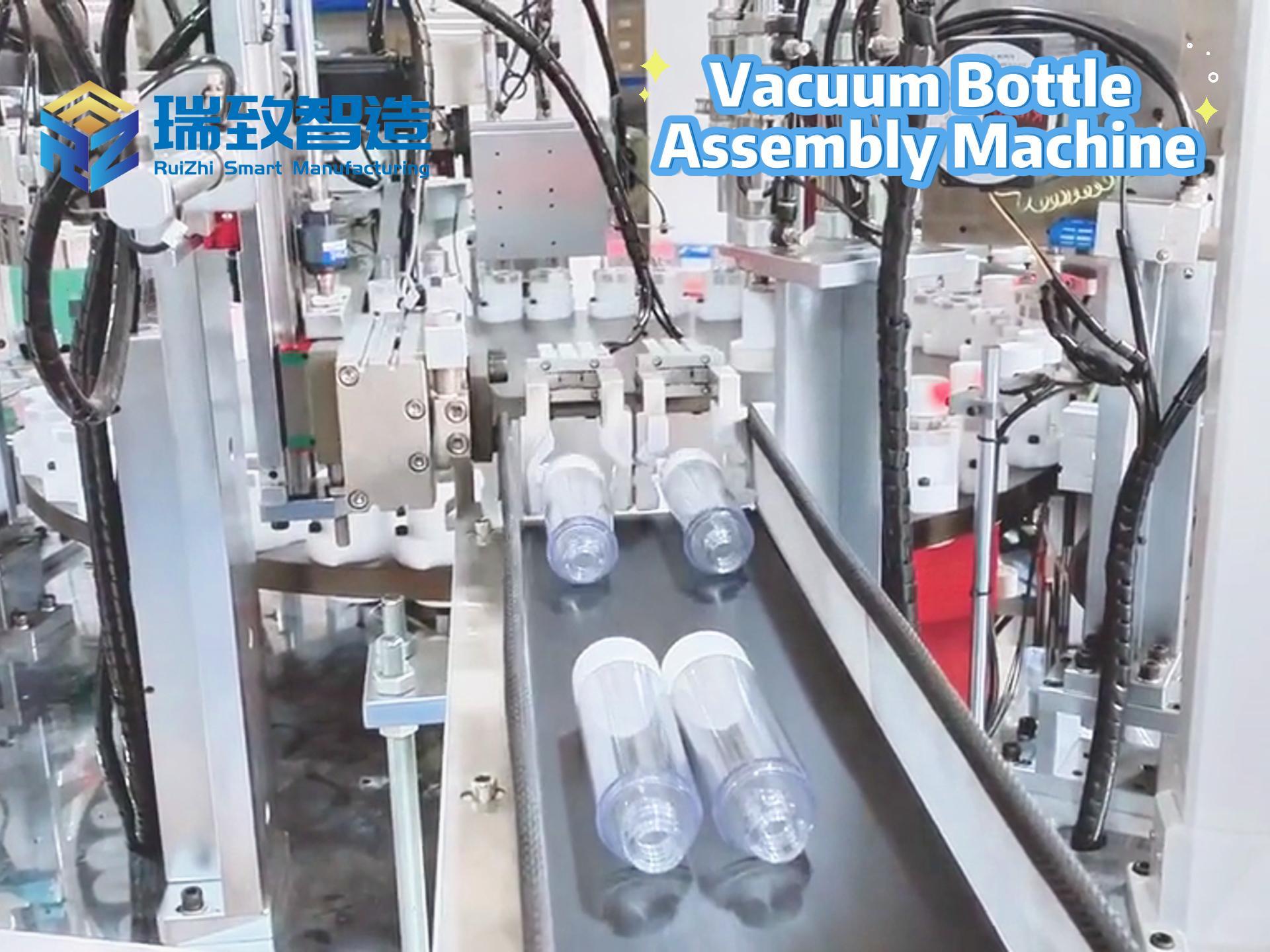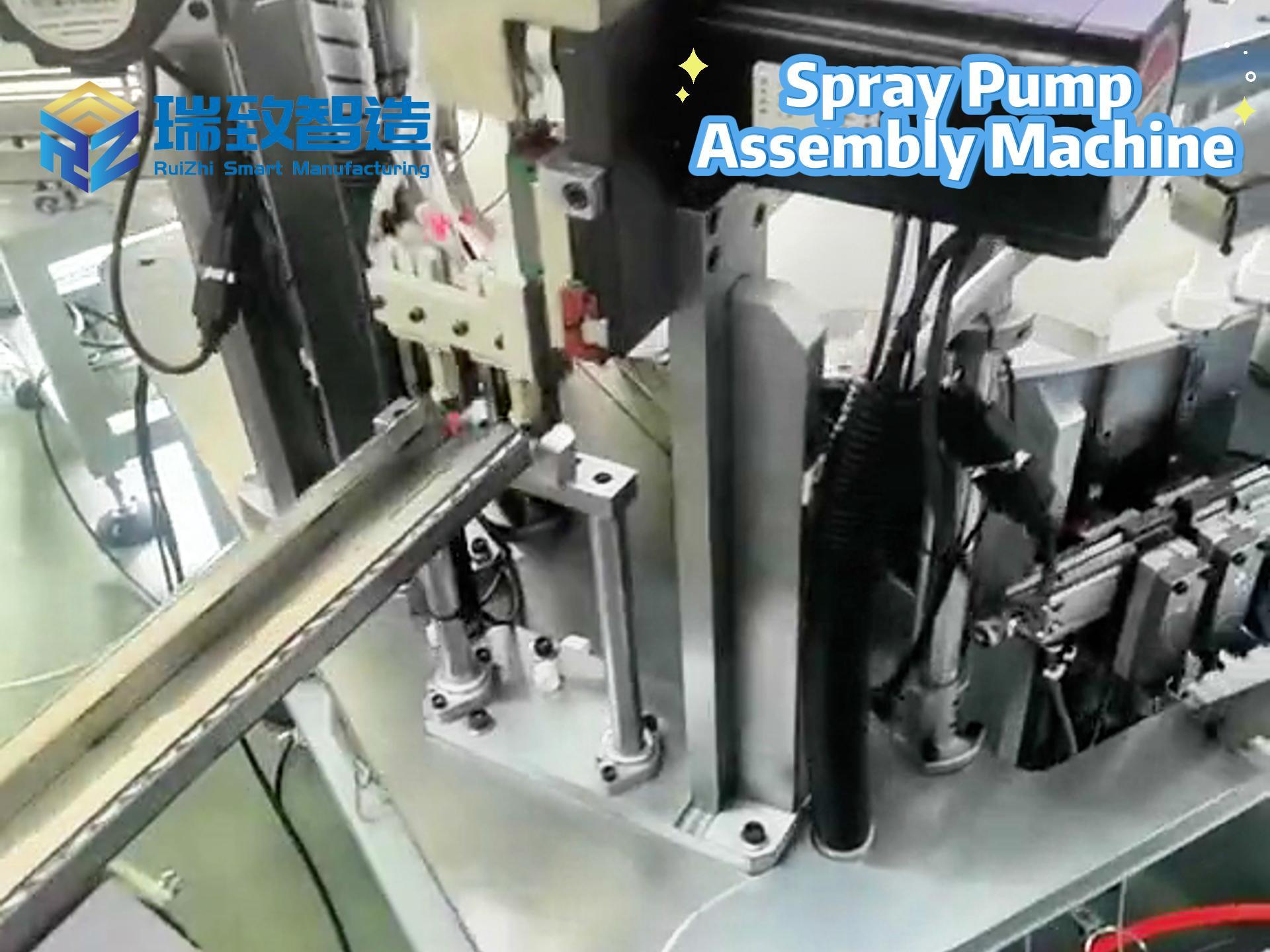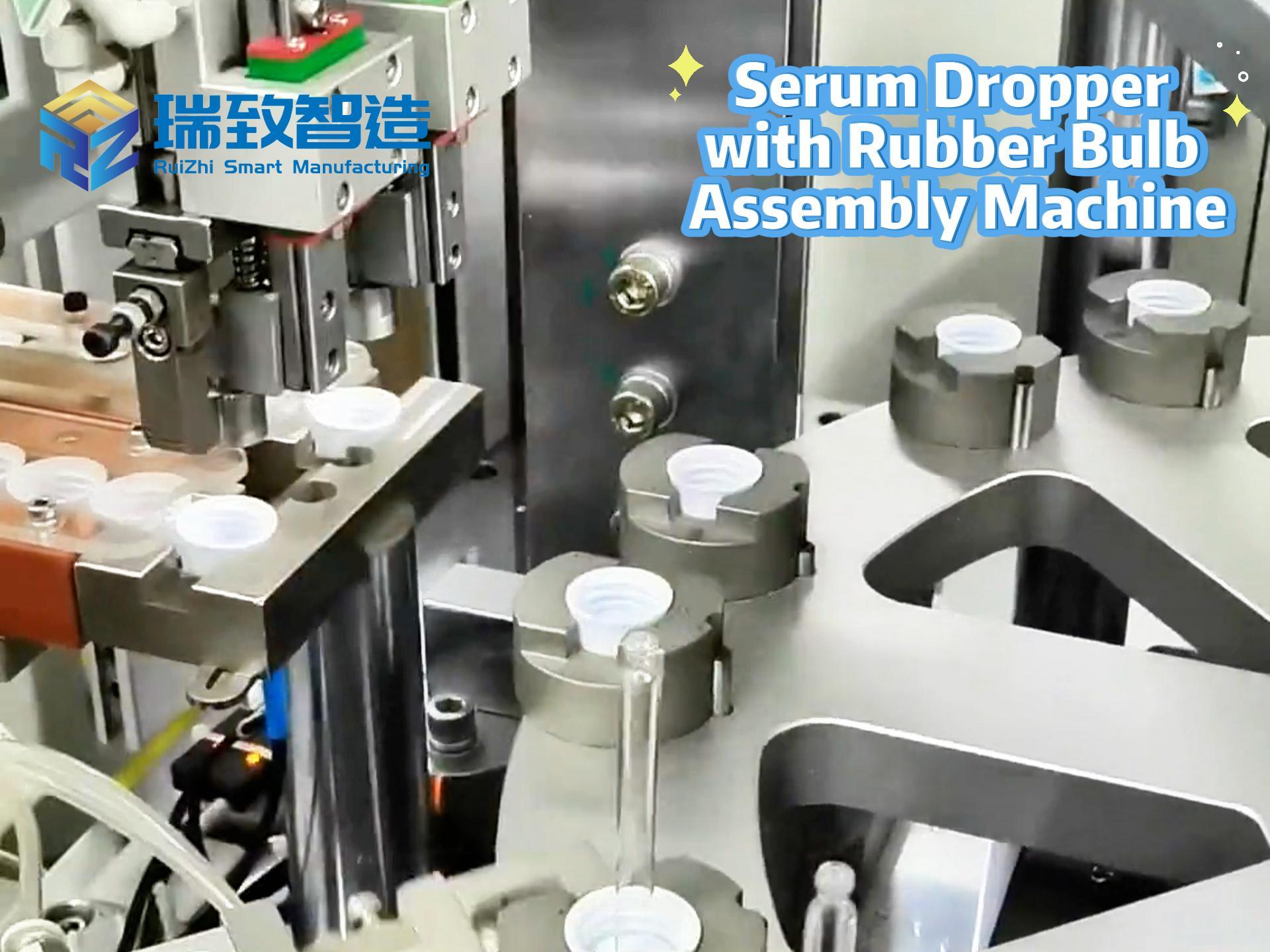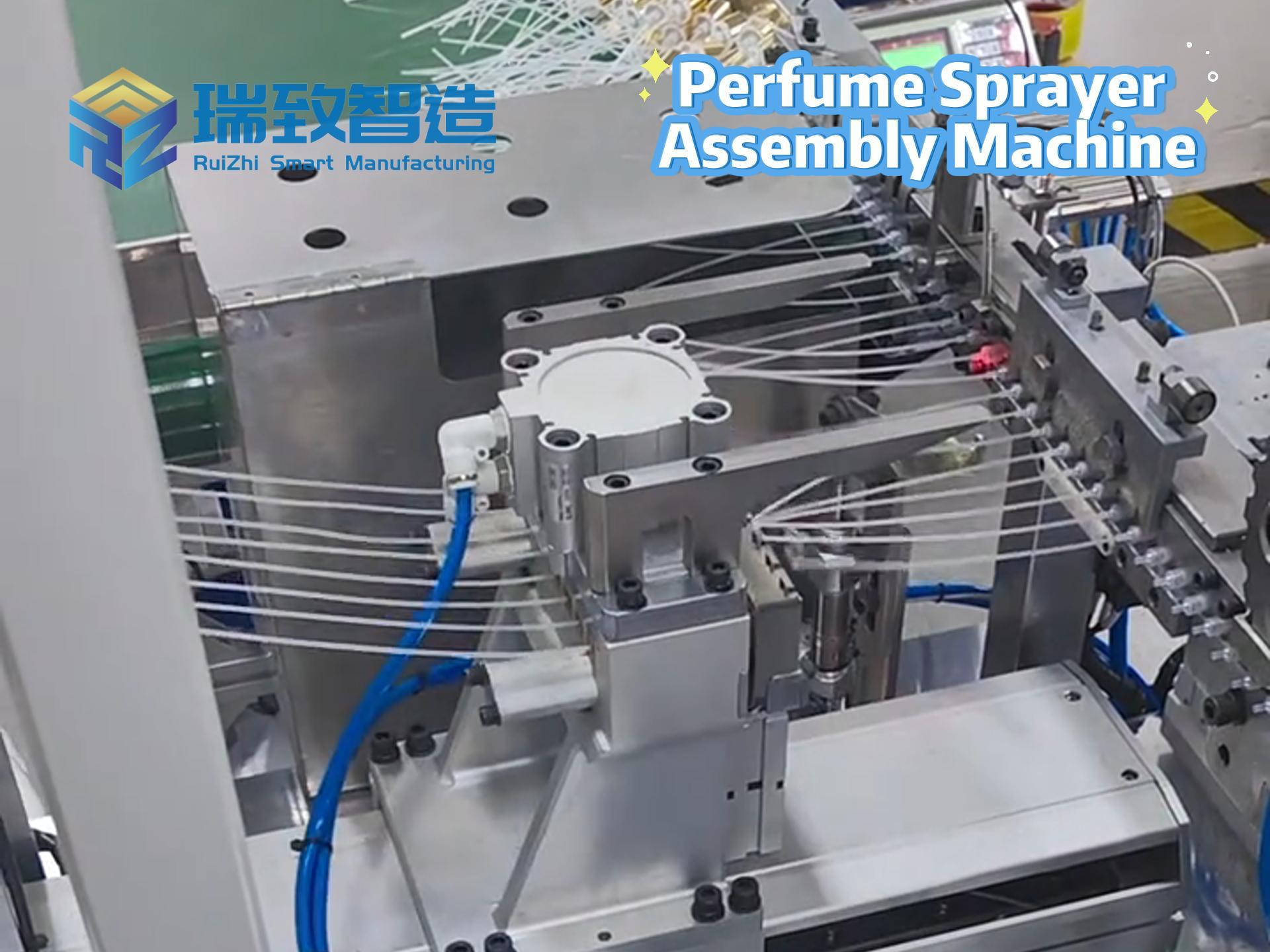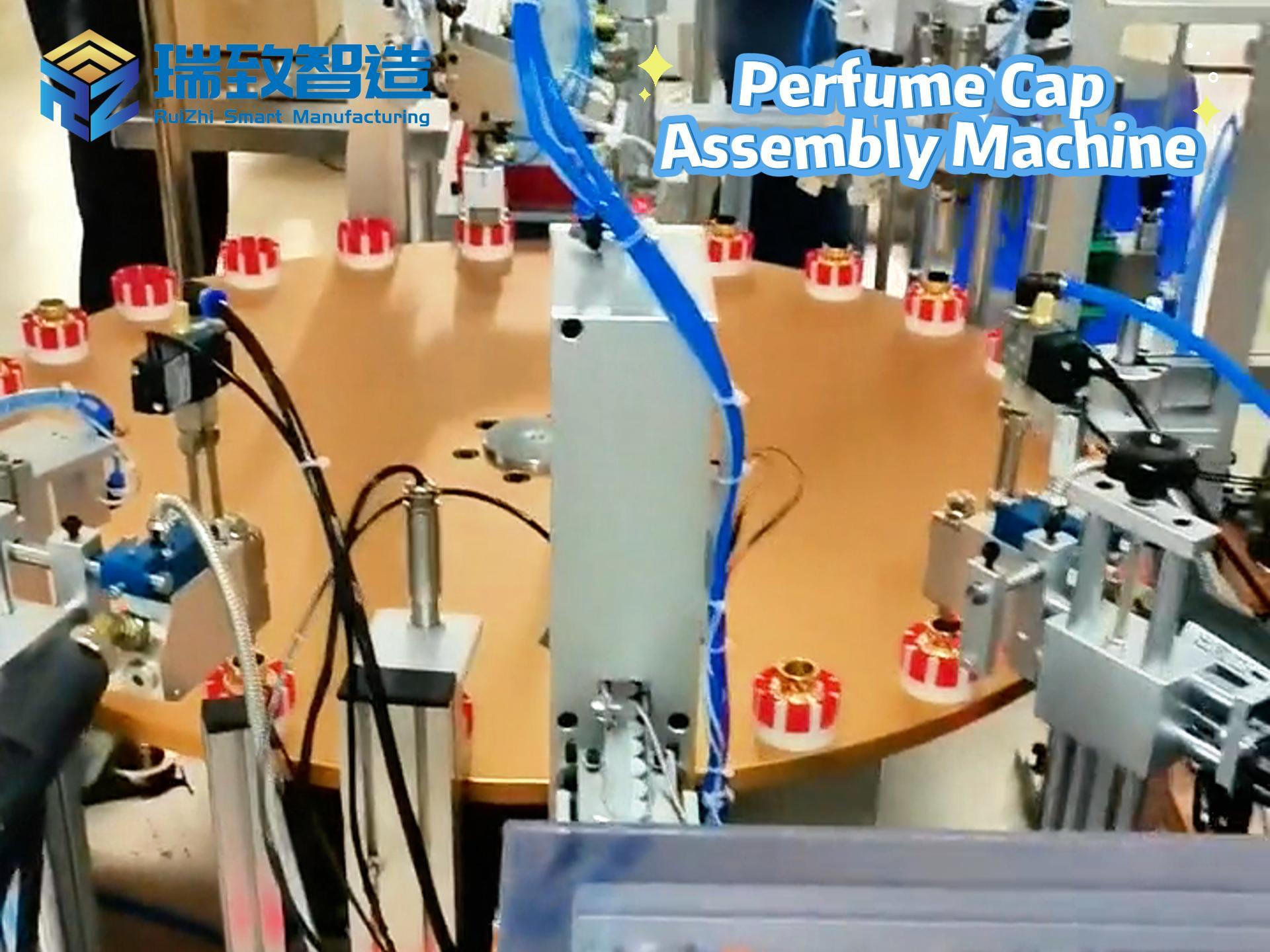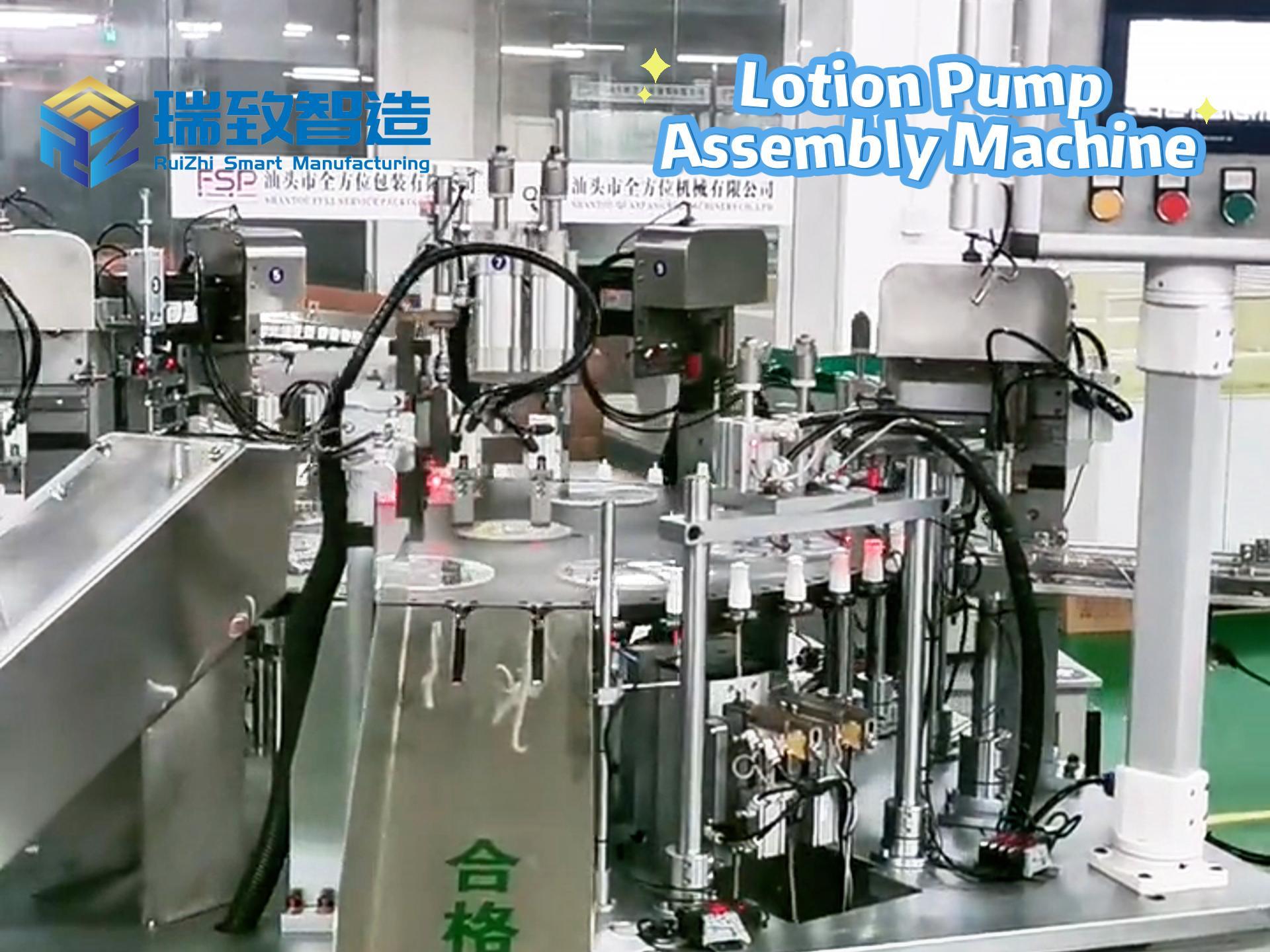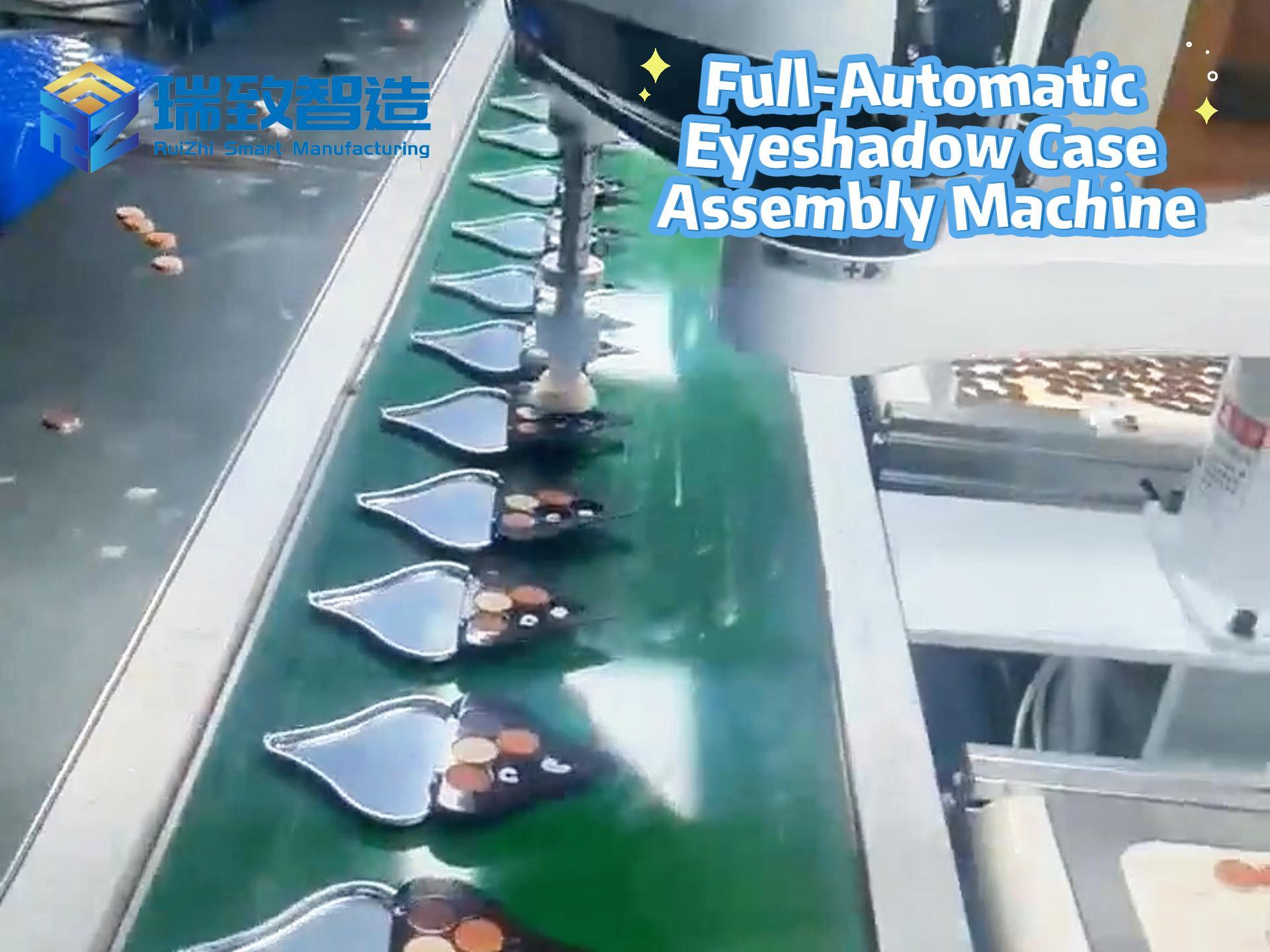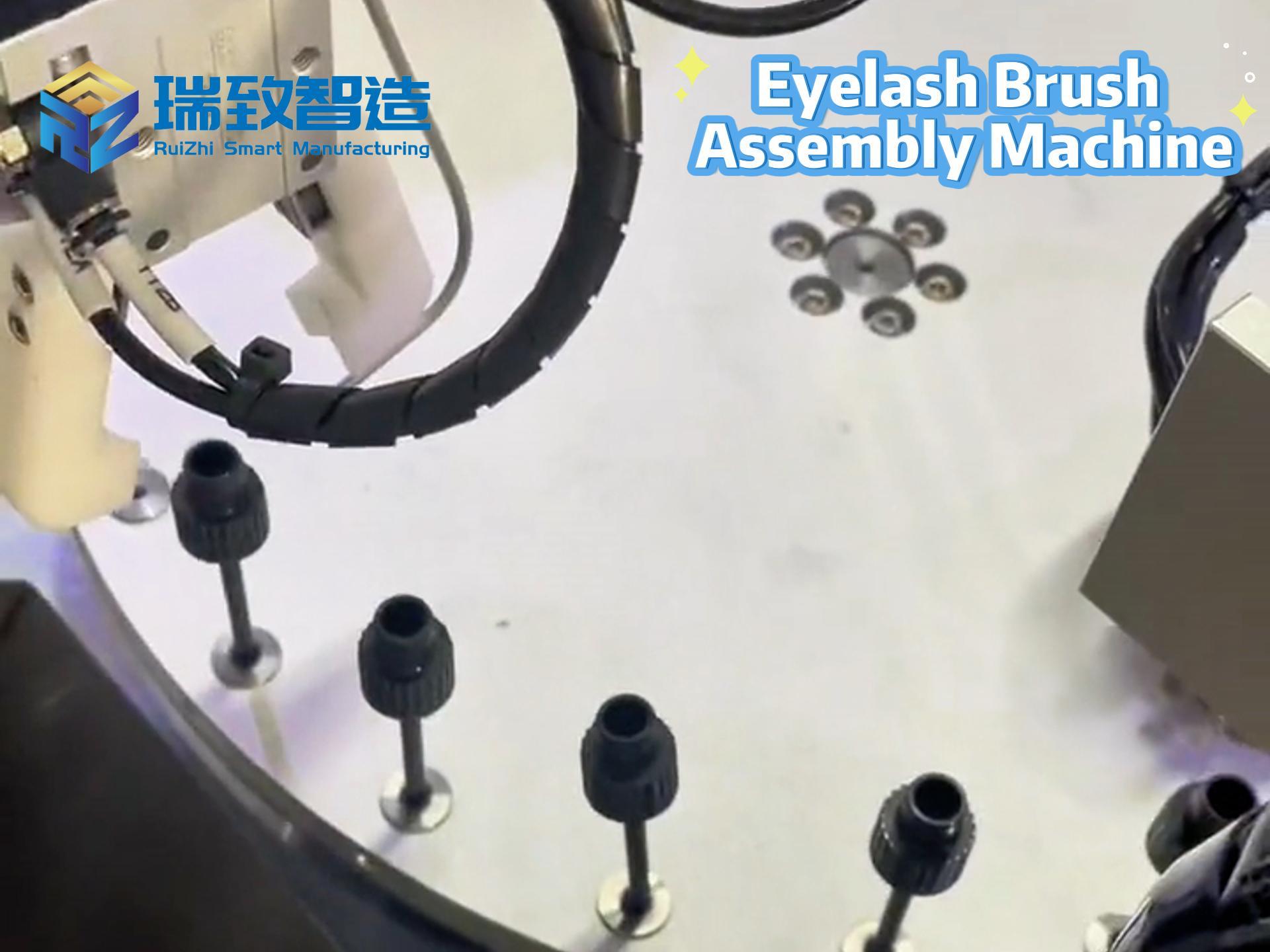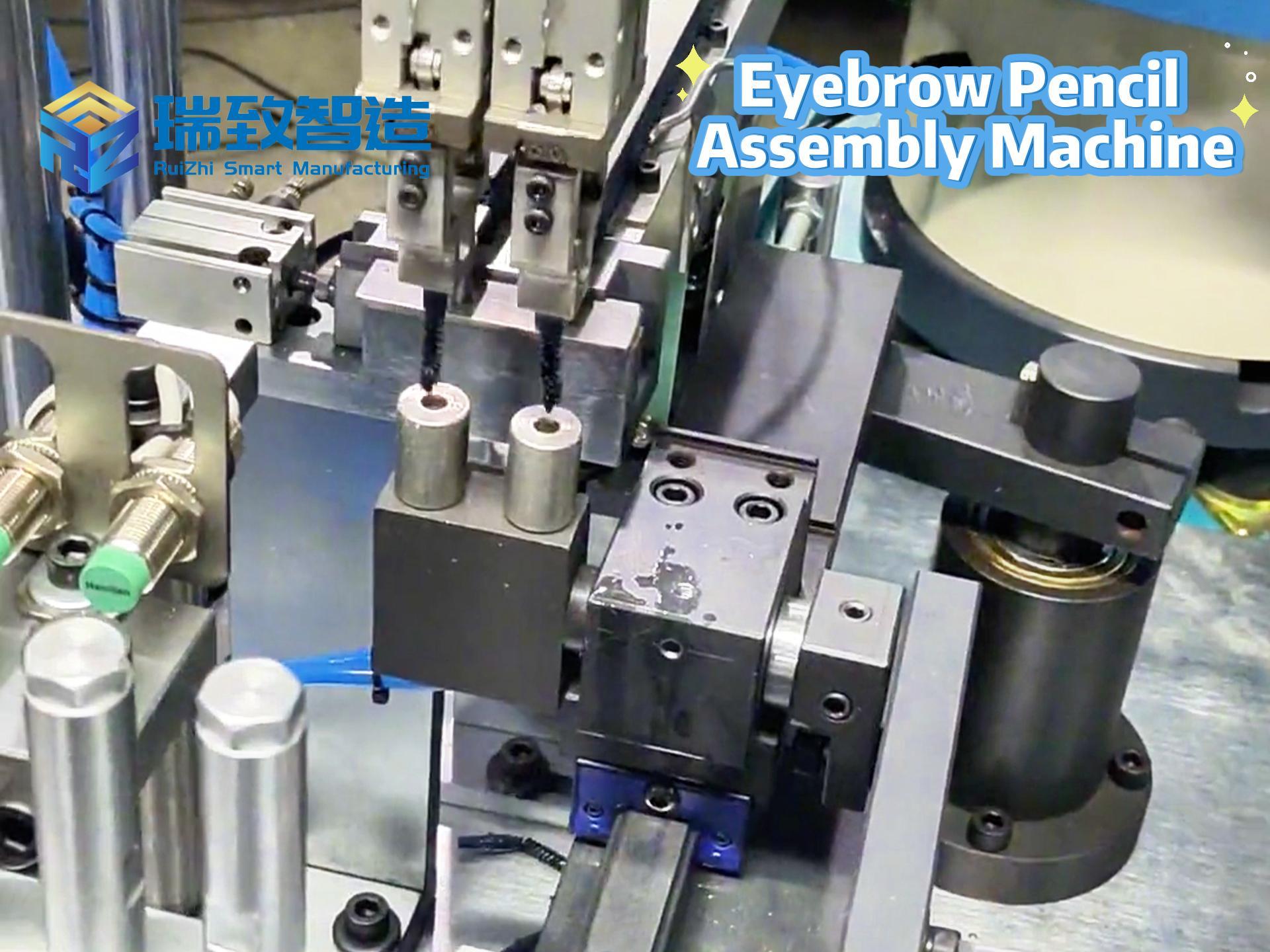Apple’s 2030 Carbon Neutrality Pledge Stumbles: Core Suppliers’ Climate Actions Severely Disconnected
HONG KONG – Apple has vowed to power its entire supply chain with 100% renewable energy by 2030, a bold pledge to slash carbon emissions. But a new scorecard from Greenpeace East Asia paints a grim picture: most of its top final assembly partners are failing to make meaningful progress, leaving the tech giant’s climate goals hanging in the balance.
The report assesses five key suppliers—Foxconn, Luxshare Precision, Pegatron, Compal, and Wistron—exposing critical gaps: vague renewable energy targets, overreliance on ineffective sourcing methods, and a stark mismatch between public promises and real-world emissions cuts.
Pegatron at the Bottom: Stagnant Renewable Energy Ratio, Reliance on Inefficient Methods
Among the five, Pegatron ranks dead last. In 2024, its renewable energy ratio stagnated at just 56%—mostly achieved through low-impact methods that do little to boost new clean energy capacity. Worse, the company has yet to commit to 100% renewable energy across its operations.
Adding to concerns, Pegatron’s CEO has publicly pushed for a return to nuclear power—a controversial stance given risks around safety, sky-high costs, and nuclear waste disposal. Greenpeace argues this distracts from the urgent need to scale up renewable energy.
Greenpeace Criticizes: Disconnect Between Promises and Actions, Reliance on “False Solutions”
“For many of Apple’s biggest suppliers, there’s a chasm between their climate promises and actual emissions cuts,” said Rachel Yu, Climate and Energy Campaigner at Greenpeace East Asia.
Most, she noted, have set weak renewable energy targets and rely on “unreliable methods” like renewable energy certificates (RECs)—which rarely fund new clean energy projects. “This puts East Asia’s climate progress at risk,” Yu warned.
She outlined clear paths to real action: signing power purchase agreements, investing directly in renewables, or installing on-site solar and wind. “Companies like Pegatron need to drop false solutions and work with Apple to scale up meaningful renewable investment.”
Key Findings: Only One Supplier Matches Apple’s Target; Most Rely on Ineffective Certificates
Aim vs. Action: Only Wistron has matched Apple’s 2030 pledge for 100% renewable energy. The other four rely heavily on RECs, which in most cases do not add new clean energy to the grid.
Pegatron’s Laggard Status: It scored lowest across all categories, with no 100% renewable target and minimal progress on high-impact sourcing.
Mixed Top Performers: Foxconn and Luxshare Precision led the ranking but fell short. Foxconn reported the highest 2024 renewable ratio but sourced over 75% via RECs; Luxshare hit a 70% ratio with mostly high-impact methods but lacks a 100% target.
Greenpeace Calls for Full Shift to Renewable Energy by 2030; Apple Urged to Strengthen Accountability
Greenpeace is urging all five suppliers to commit to 100% renewable energy by 2030 and adopt best practices—from direct investment in renewables to on-site generation.
“With less than five years until 2030, time is running out,” Yu emphasized. Limited emissions disclosure lets these suppliers avoid scrutiny, but “consumers who use Apple products deserve to know: the companies building their devices are failing the climate.”
The onus, she added, is also on Apple: “It’s time for the tech giant to stop letting suppliers drag their feet. Real progress, not empty promises, is what’s needed to meet that 2030 goal.”
Screen and sieve mesh assembly robot
Advantages of artificial intelligence screen and sieve mesh assembly machine

